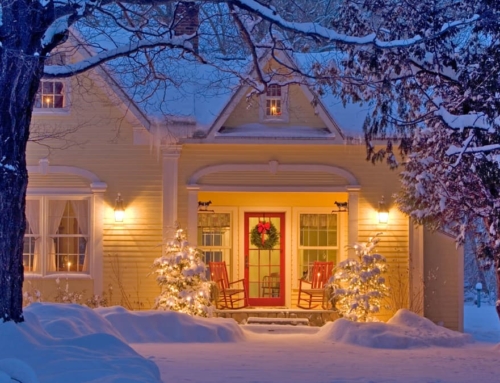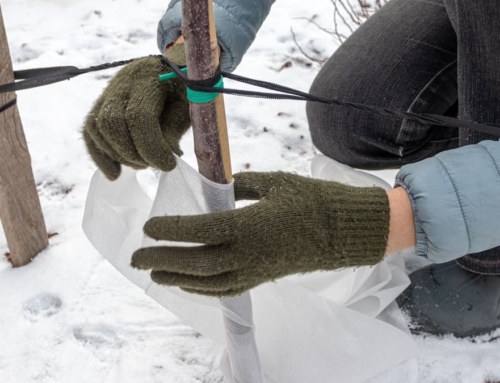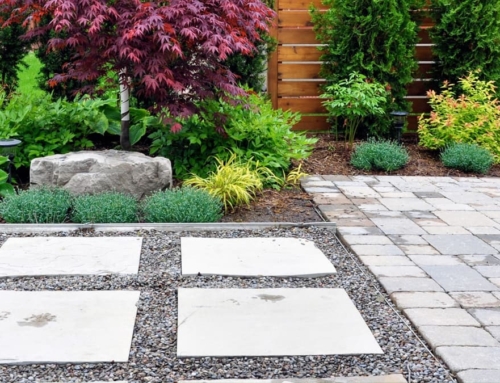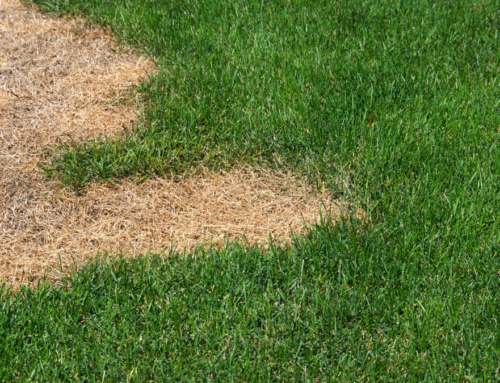4 EASY WAYS TO SAVE YOUR PAVERS FROM SALT DAMAGE

Quality pavers are designed to last for years, but the cold winter season can be tough on them, especially in Colorado where deicing salts are used. While deicing salts are a great invention that has saved many from slips and falls, they can corrode and degrade your pavers over time. At Detailed Landscape, we have seen beautiful hardscapes suffer slow deterioration due to excessive or improper applications of deicing salts.
So before you start throwing down buckets of salt on your pavers, here are a few ways to help your pavers stay beautiful and functional longer.
SEAL YOUR PAVERS AFTER INSTALLATION
Sealing your pavers isn’t just about achieving a certain look—it may also provide some protection against deicing salts and lawn chemicals because it inhibits absorption of chemicals in the pavers. Sealers last three to five years, so make sure you reapply, as they wear out.
MIX A LITTLE SAND IN WITH YOUR SALT
Replacing 25% of your deicing salt with sand may be helpful for two reasons: increased visibility and extra traction. Reducing the total use of salt also reduces the potential long-term damage to your pavers.
DON’T OVER-APPLY
It is important to follow the recommended guidelines while applying deicing salt. Using too little salt may not melt the ice completely, whereas using too much can cause premature damage. It is advisable to apply deicing salt evenly, as extra piles can lead to corrosion.
WASH PAVERS IN THE SPRING
Salt residue can continue to damage pavers long after the ice is gone. Washing your pavers when the weather begins to warm is a good maintenance habit to adopt.
During the harsh winter season, the pavers in your outdoor living space may be subjected to a lot of stress, such as freezing temperatures, snow and ice. However, with just a little bit of extra effort, you can protect your investment and ensure your hardscape lasts for years to come.






